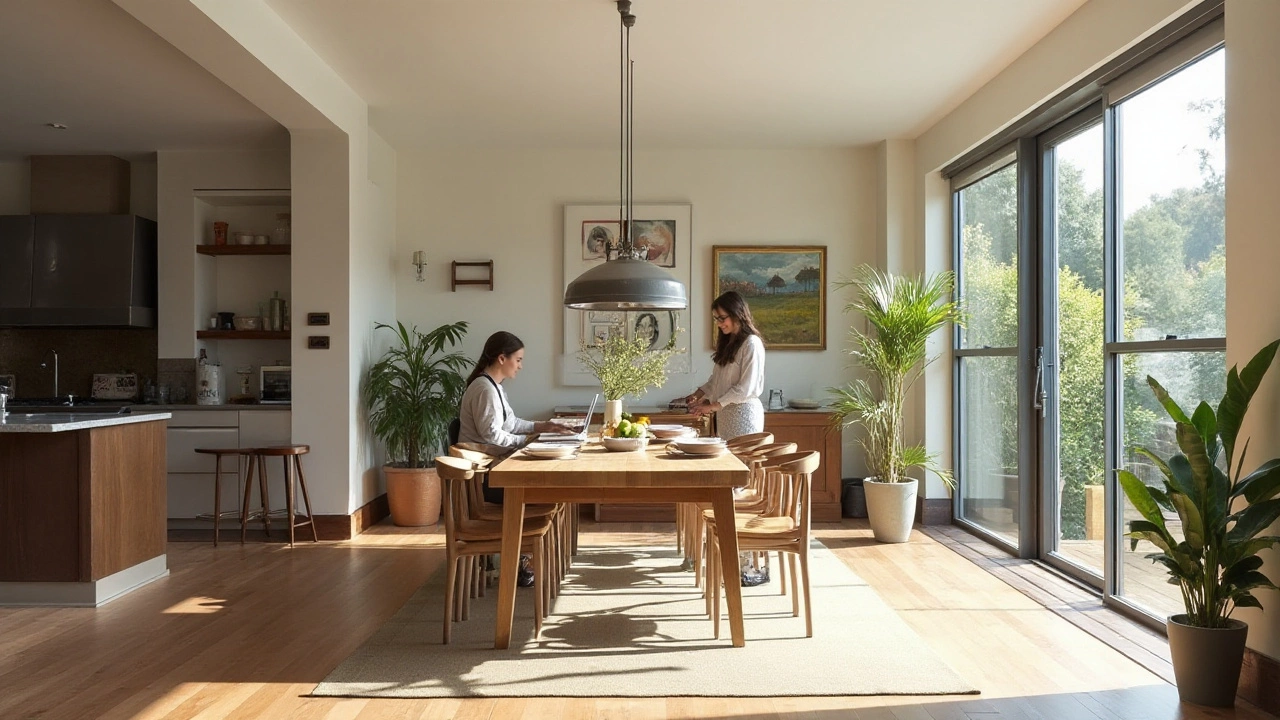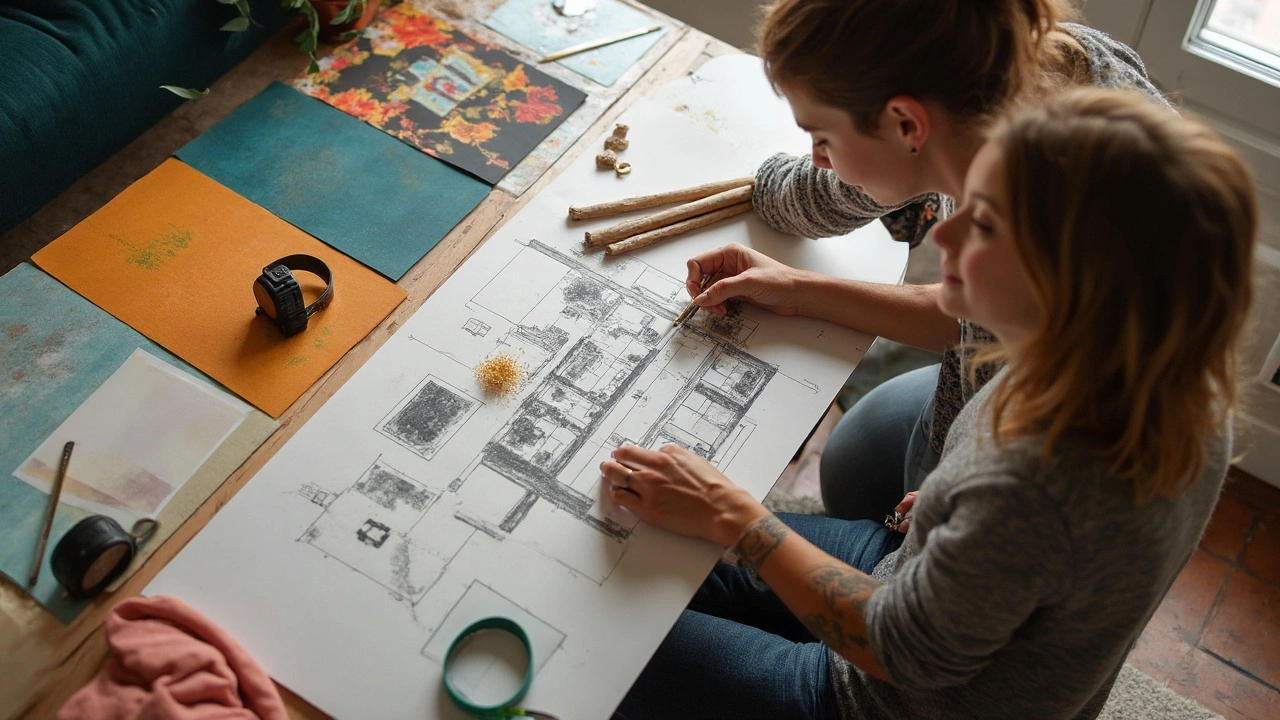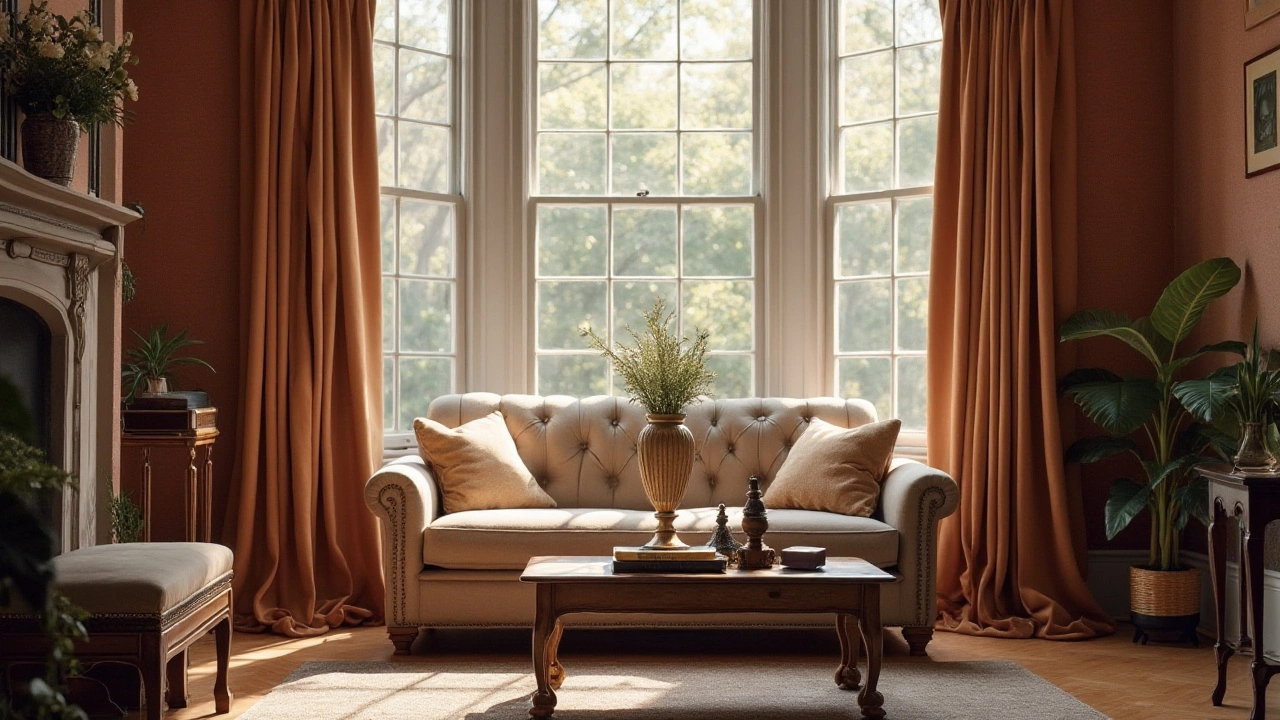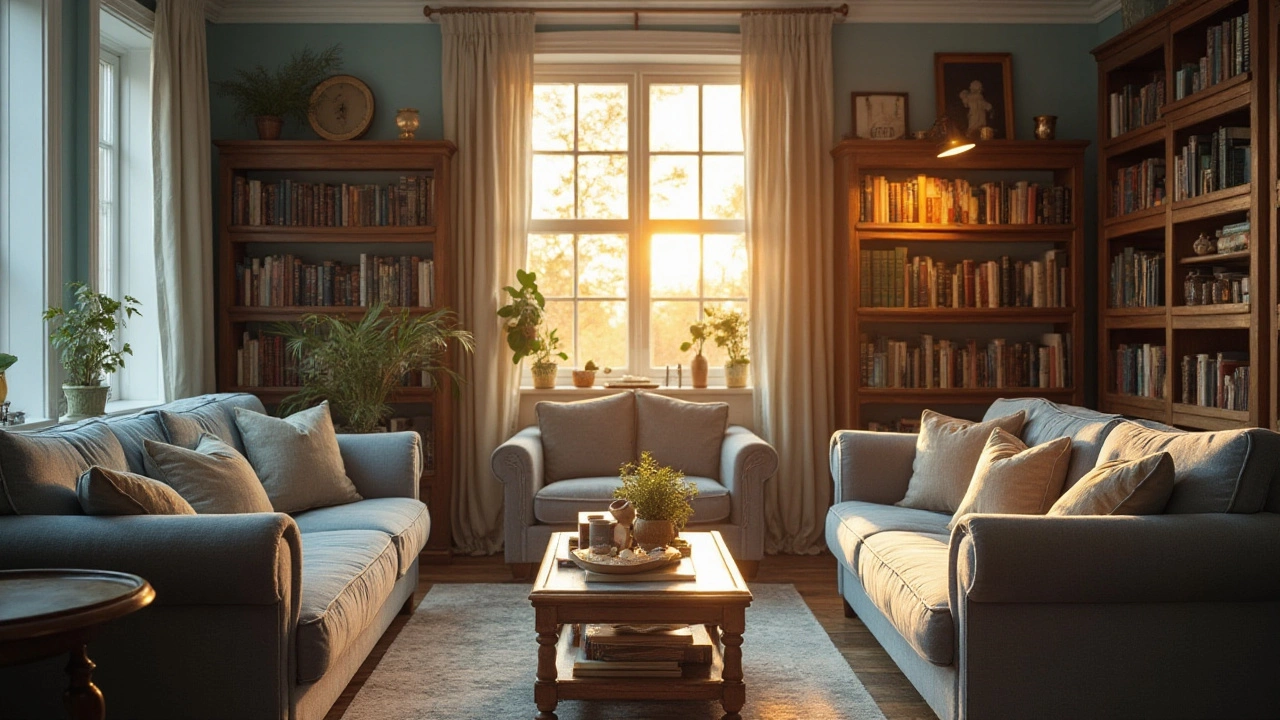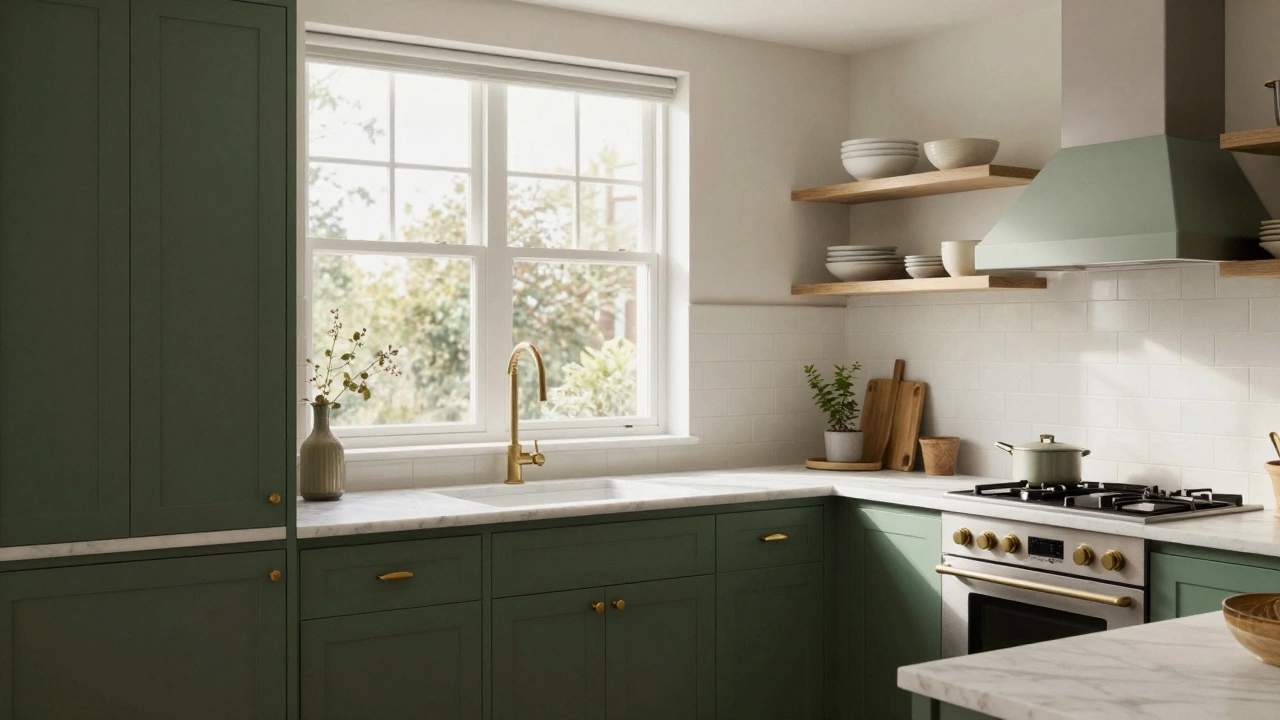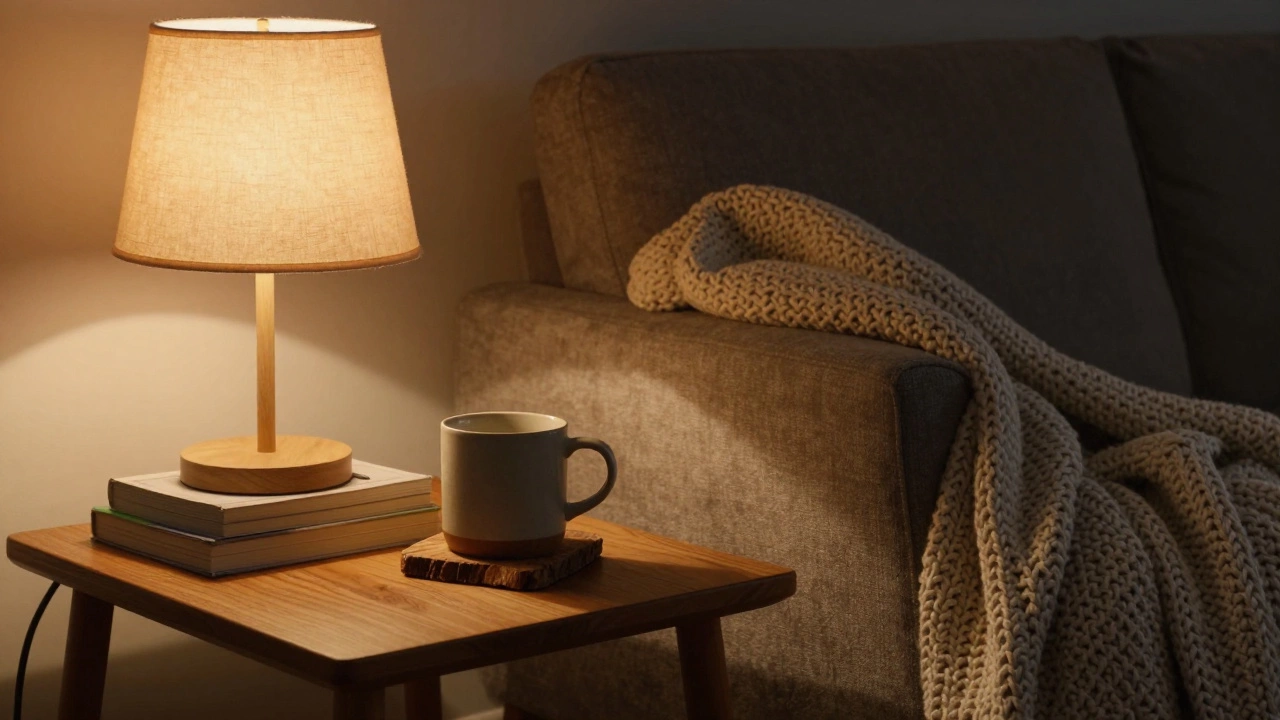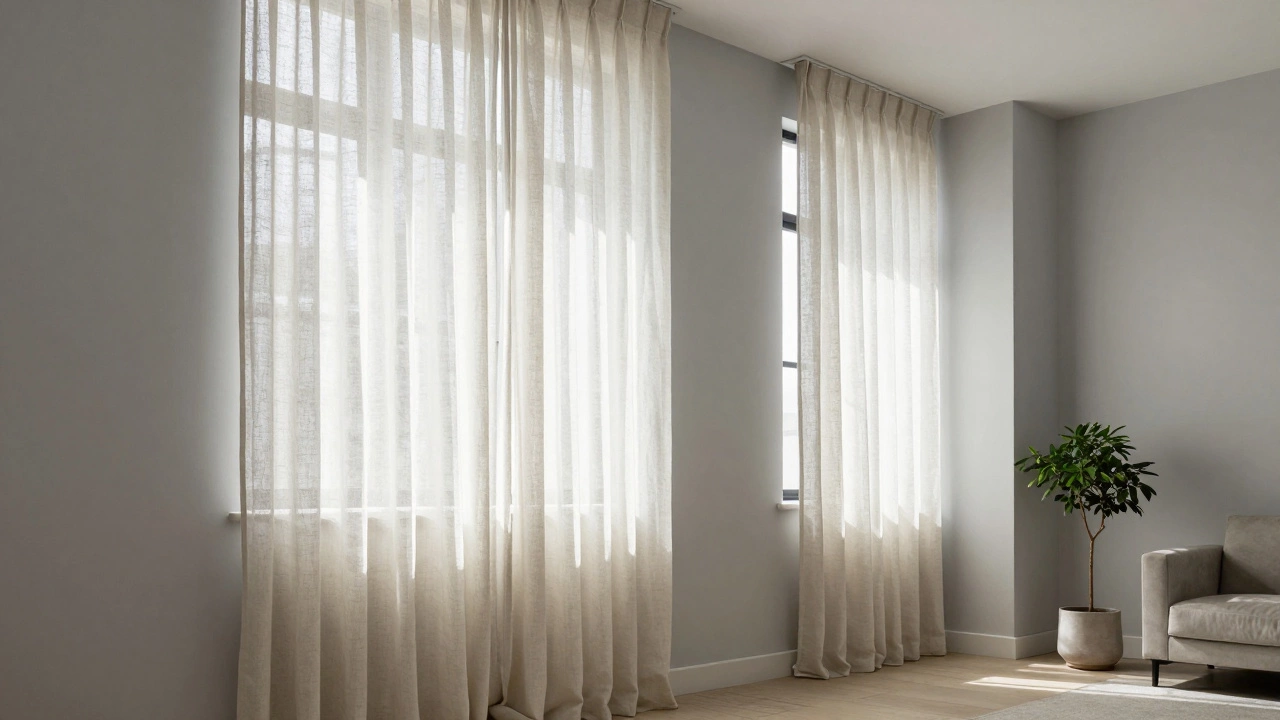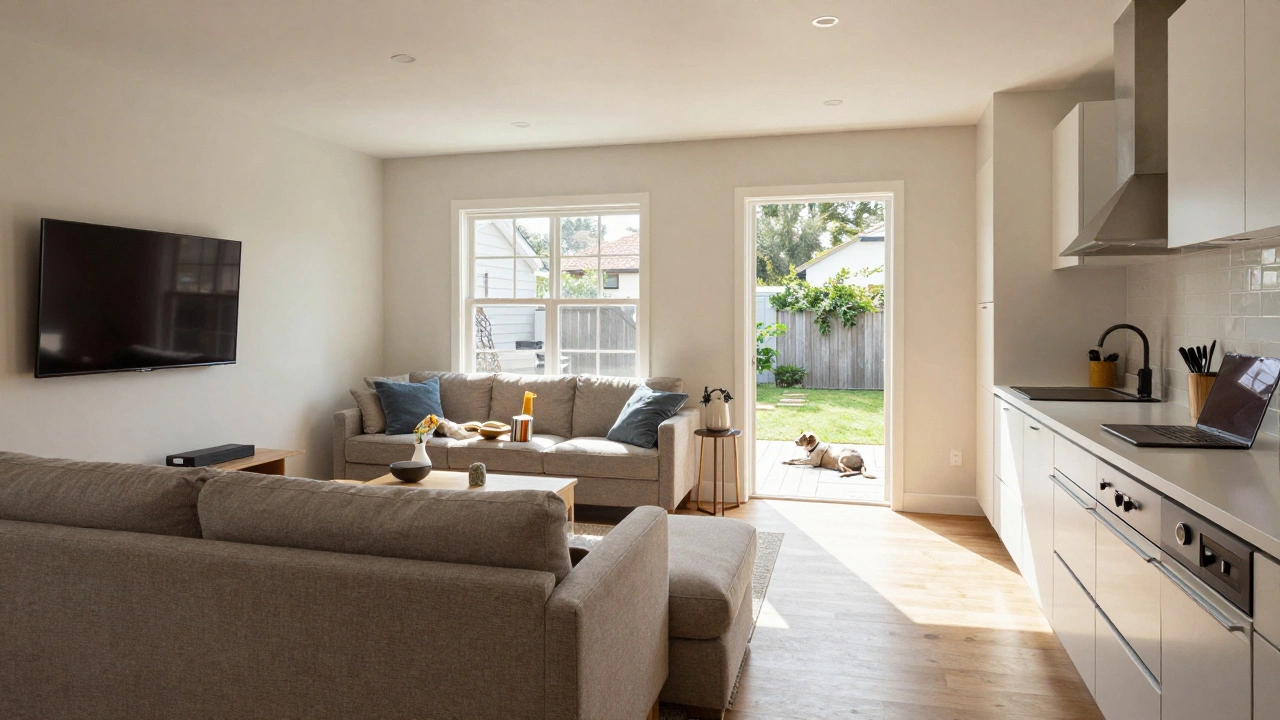In a world where every square meter of our homes counts, the dining room has had to fight for its place in modern living spaces. For many, it conjures images of Sundays around meticulously set tables or holiday feasts with a dozen chairs circling a long table.
However, the concept of the dining room has been evolving. Today, it is no longer just a place to eat. It is a space that can serve various functions, from a home office to a creative studio or even a homework station for the kids. This adaptability has led some to reconsider its traditional role and value.
As we explore whether dining rooms remain in style, we will examine how these spaces have transformed over time, the latest design trends enhancing their value, and clever ways to incorporate a dining room into everyday living without losing its essence. Whether you're a homeowner pondering the resale value or simply someone who loves hosting dinner parties, the dining room might still have plenty of life left in it for you.
- The Evolution of Dining Spaces
- Current Design Trends
- Practical Uses for Modern Times
- Tips for Creating a Functional Dining Room
- Future of Dining Rooms
The Evolution of Dining Spaces
Delving into the dining room's history offers a fascinating glimpse into how societal changes shape the spaces where we gather and share meals. Originally, the dining room was a symbol of wealth, appearing in grand homes as a testament to a family's status and their capacity for hosting elaborate meals. It wasn't merely a place to eat; it was a theater for showcasing opulence and hospitality. Each piece of furniture was meticulously chosen, often reflecting the prevailing design trends of the time, and the furniture trends told a story as rich as the meals served within those walls.
As the world moved into the 20th century, societal norms and economies shifted. Post-war reforms and urbanization brought about smaller homes, and with them, the emergence of open-plan concepts. This dramatically altered how dining spaces were conceived. What was once a separate room began merging seamlessly into the kitchen or living area. The integration fostered a more casual approach to dining, where families ate together without the rigid formalities of the past. Despite these changes, the dining room didn't vanish; instead, it adapted, embodying the era’s desire for more egalitarian and less ostentatious living arrangements.
The dawn of the new millennium saw dining rooms continuing to evolve as versatile spaces. As remote work and homeschooling grew more prevalent, many began reimagining these rooms beyond their conventional purpose. This multi-use approach reflects a modern twist on old functionality, where aesthetics meet practicality. A robust table might serve breakfast, transform into a workstation by midday, and host dinner gatherings by nightfall. The adaptability of these spaces aligns with the pace of contemporary life, where each component must serve a dual purpose.
"The way we use our homes continues to evolve, and flexible living spaces are pivotal in adapting to these changes," remarked interior design expert Lucy Gambrelli. This quote underscores a crucial trend: modern homeowners value adaptability and seamless integration of space and function.
The trends and perspectives in dining room design have mirrored societal and technological advancements. Today, technology also plays a role, with smart homes integrating dining areas into their network of conveniences. A smart dining room can adjust lighting to suit the mood, stream background music, or even pair with the kitchen to notify when dinner is ready. These innovations offer a glimpse at how dining rooms may continue to evolve, embracing technology without losing their core purpose: bringing people together around food.
The ongoing journey of dining room design reflects not only changing tastes but also significant shifts in lifestyle, architecture, and technology. Understanding this evolution helps grasp how dining rooms remain relevant. As history suggests, as long as there is a need to gather, share, and commune over meals, these versatile spaces will persevere, constantly reinventing themselves to meet the demands of the times.
Current Design Trends
The modern interior design landscape for dining rooms is experiencing a noteworthy transformation. It’s a blend of aesthetic preferences and practical usage, creating an environment that is both stylish and functional. In recent years, open-plan layouts have gained traction, as they provide a more expansive and welcoming feel. This trend aligns well with the contemporary emphasis on seamless living spaces that cater to everyday life while still offering areas for special gatherings.
Among the prominent trends is the inclination towards minimalism, marked by clean lines, neutral palettes, and simplified furnishings. This approach not only fosters a sense of tranquility but also maximizes space efficiency, which is particularly appealing in urban settings where every square meter counts. Yet, there's a counter-trend as well, a resurgent admiration for vintage and retro designs. This involves incorporating antique pieces that carry an air of timeless elegance, while subtly infusing character into the modern home.
Material choices are shifting as well. Sustainable and eco-friendly materials are being prioritized by designers who are increasingly aware of their environmental impact. Think reclaimed wood tables, which not only reduce waste but add a unique, weathered charm to the space. Various textures and materials, such as glass, metal, and natural fibers, are mixed to add depth and interest to the dining room.
"The way we use our spaces is evolving, and the dining room is no exception. It has become a canvas for self-expression while offering functionality," suggests renowned designer, Emily Henderson.
Lighting plays a critical role in setting the mood in modern dining areas. Homeowners are investing in statement lighting fixtures that serve as the centerpiece, from oversized pendant lights to sleek, linear chandeliers. These elements not only illuminate but also define the character of the room, blending both form and function beautifully. Color plays a subtle yet significant role. While muted tones remain popular, splashes of bold colors like teal or mustard are used to create visual interest and break up monotony.
Technology integration is subtly entering the dining realm too. Smart lighting and temperature control systems permit homeowners to tweak the ambience at the touch of a button, ensuring comfort and adapting to different settings without hassle. Some dining tables now come with built-in technology for charging devices or altering heights to accommodate different activities. The combination of convenience and design innovation marks the future of dining spaces.
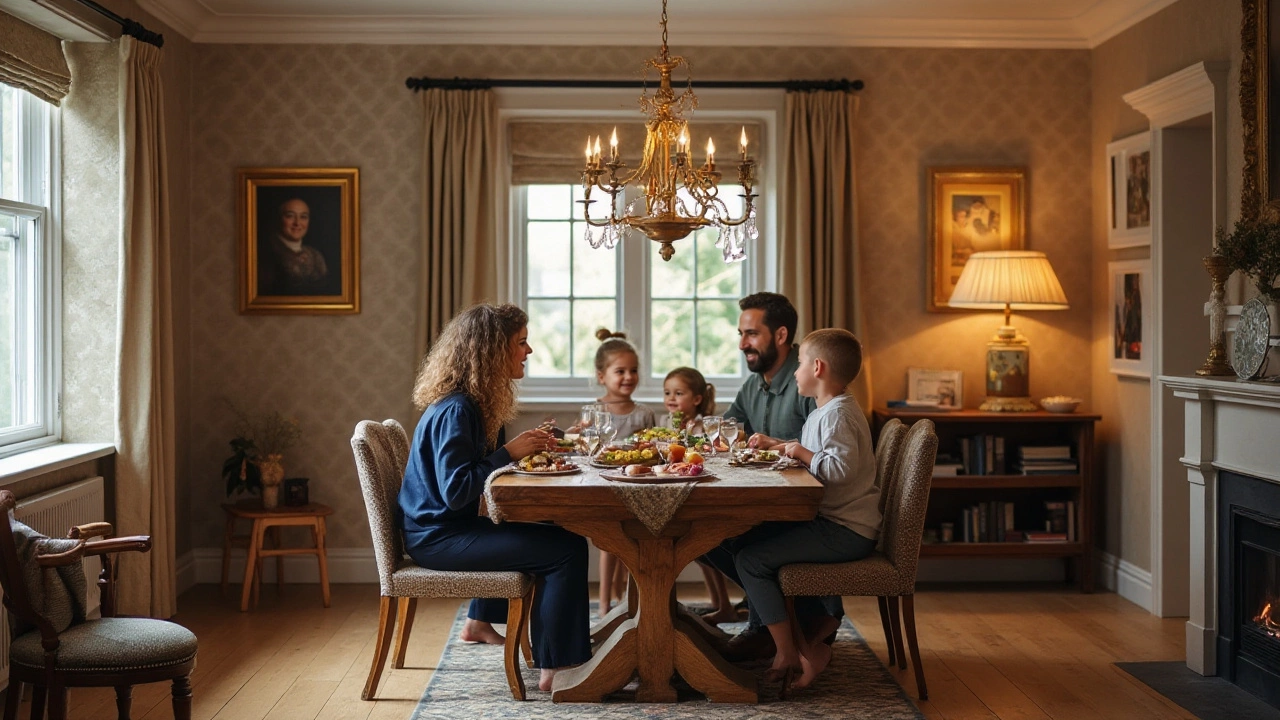
Practical Uses for Modern Times
In the dynamic landscape of modern living, the traditional concept of the dining room is being revamped to fit into the diverse tapestry of everyday life. The idea isn't just about where we eat but how we utilize space to serve multiple functions. As family units evolve and lifestyles become more multifaceted, so too must our living spaces adapt to these changes. The dining room has potential far beyond hosting meals; it can seamlessly transform into a productive workspace during the day and revert to a cozy dining area by evening.
"In an era when homes have to do more and more, it's vital to reimagine spaces to suit new demands," says design expert Amelia Norris, "Dining rooms can act as a multi-use hub, combining work, leisure, and family needs all in one."With the rise of remote work, many people are finding ways to incorporate a desk within their dining room setup. An elegant dining table can double as a comfortable workstation, equipped with necessary technology subtly integrated into the design. Concealed storage solutions become essential elements, hiding away laptops and papers when it's time to transition back to dining.
Another increasingly popular practical use for dining rooms is in fulfilling educational and recreational needs. As living spaces become more compact, maximizing every corner is crucial. Families are leveraging the dining area as a central place for children to complete their homework or engage in craft projects. This shift involves creating a flexible environment that can accommodate storage for educational materials, ensuring a clutter-free zone for family mealtimes. Additionally, the dining room is often the unsung hero of game nights and weekend gatherings, making it an integral part of creating lasting memories.
To navigate these varied functions effectively, integrating technology smartly into the design is a growing trend. Smart lighting and sound systems allow the atmosphere to be adjusted with ease, while wireless charging stations can be subtly built into sideboards or under-table mounts. A dining room today embraces the ethos of a shared, communal area where technology and tradition coexist. Considering these adaptations showcases why dining rooms continue to be relevant and treasured in modern homes. Their ability to morph into versatile spaces that meet the demands of contemporary life cements their place as essential components of home design.
Tips for Creating a Functional Dining Room
In crafting a functional dining room, blending aesthetics with usefulness is key. When space is at a premium or when multifunctionality is desired, the dining room should adapt to different needs while maintaining a sense of style. Start with considering the size of your space and the primary function of the room. Ask yourself: do you want it primarily for family meals, to entertain guests, or perhaps to serve double duty as a workspace? This initial decision will guide the subsequent choices you make regarding design and furnishing.
A practical dining space often begins with the selection of an adaptable table. Extendable tables are a wonderful option for accommodating varying numbers of people. Opt for a sturdy material like wood or a sleek modern look with glass. Consider tables that boast built-in storage options, perfect for keeping dining essentials like linens and flatware close at hand yet tucked away neatly.
Seating can play a crucial role in how the room functions and feels. Chairs with slim profiles may allow you to fit more in a smaller space without making the area feel cramped. Benches can be a space-efficient choice, especially for families with young children who require considerable seating. For those keen on style, mixing and matching different seating options can introduce a dynamic visual interest.
Consider also the lighting, which can dramatically alter the use and mood of a dining room. A large, central light fixture can serve as a focal point but remember to include multiple sources of light for versatility. Dimmer switches can instantly transition a setting from bright and energetic to soft and intimate, supporting different uses of the room.
Colors and textures are important both in terms of design and practicality. While lighter colors can make a small room feel larger, darker tones can add warmth and coziness. Don’t shy away from patterns – they hide those inevitable spills and stains that occur in spaces where dining takes place often. Also, easy-to-clean surfaces and durable materials will always add to the room's functionality.
Incorporating Storage Solutions
With functionality in mind, integrated storage solutions can be a blessing. Incorporating cabinetry or sideboards offers additional surface and storage space. These pieces can be perfect for showcasing dishware or concealing less attractive items. Floating shelves provide a stylish solution for decorative displays and are ideal for smaller spaces.
According to interior design expert Naomi Cleaver, "a well-designed dining room is both as practical as it is beautiful, seamlessly accommodating everyday needs and special occasions without compromise."
If your dining room doubles as a workspace, ensure you have adequate storage options for office supplies. Cleverly hidden compartments or decorative baskets and bins can maintain order and practicality without sacrificing style. Look for pieces that serve more than one purpose, like a console table that acts as both a desk and a buffet when entertaining.
Finally, finish off the space with personal touches. Art, plants, and textiles are wonderful for softening a dining area's edges and adding character. Use them to create a cohesive palette or to add pops of color. A rug can tie the room together while also defining the space within an open-floor plan. Personalization reflects individuality, making the area feel inviting and thoughtfully tailored to those who use it.
Following these tips can transform any dining room into a chic, welcoming, and extraordinarily functional space, ready to adapt to the changing needs of everyday life. Whether you live in a bustling city apartment or a spacious home, a well-designed dining room proves that style and practicality need not be rivals but can flourish together.
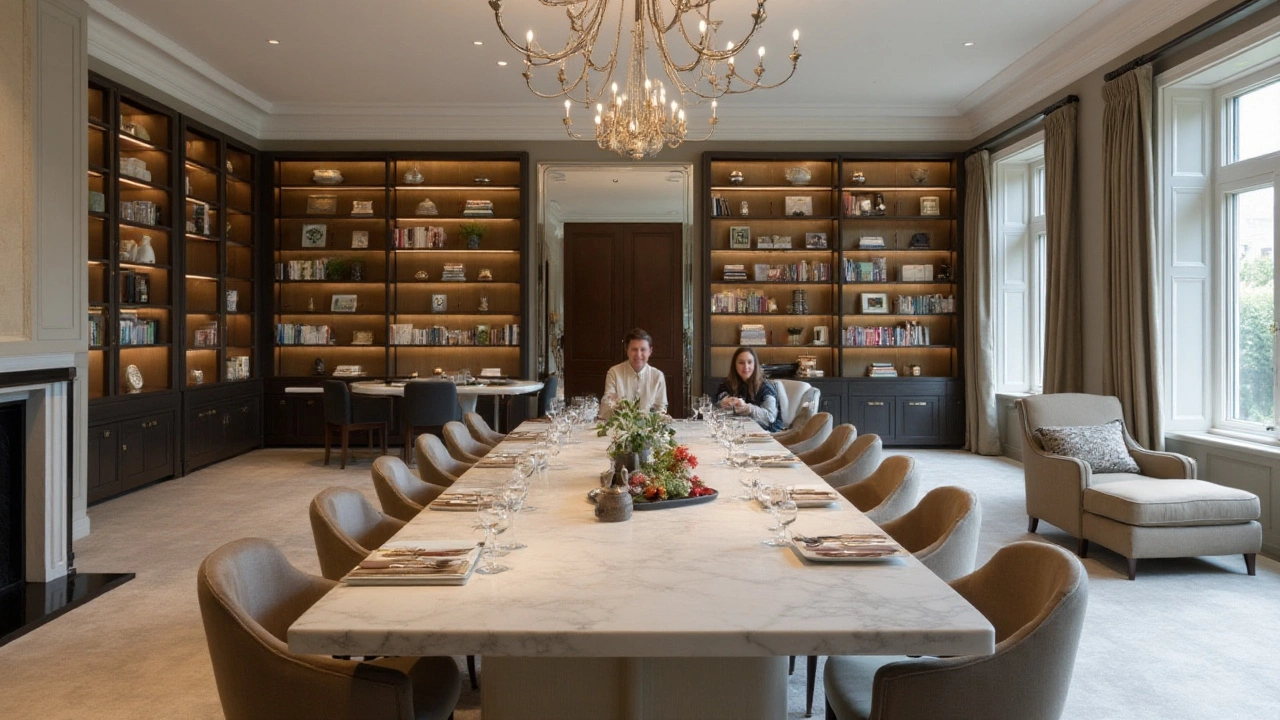
The Future of Dining Rooms
The future of dining rooms is captivating, driven by innovative designs that merge functionality with aesthetics seamlessly. The evolution of dining spaces is spurred by shifting lifestyles, where the traditional boundaries inside homes are blurred, giving way to versatile environments. Dining rooms of the future may not just be an isolated spot for meals; instead, they could serve dual purposes, adapting to the needs of a household throughout the day. The integration of smart technology in the dining space is not just a distant dream but a reality gaining traction, with smart lighting and adaptable furniture becoming standard elements.
Experts in the field of interior design are dedicating efforts to redefine dining experiences, focusing on comfort and intimacy. According to Emma Hughes, a well-known interior designer, "Dining rooms will become sanctuaries - spaces of retreat and reconnection in our increasingly digital world." As people seek meaningful interactions, the dining room is expected to transform into a hub of activity, offering an escape from digital interfaces and encouraging face-to-face communication. Designers are contemplating open-plan designs that blur the lines between the kitchen and dining area, promoting a seamless flow that brings families and friends together.
Moreover, the resurgence of communal dining trends is reviving the charm of shared meals and gatherings. In urban settings, where space is a premium, the furniture trends emphasize compact and multi-use pieces that comfortably accommodate varying numbers of guests. A noteworthy trend is the use of extendable tables and modular seating, which allows homeowners to tailor their dining space according to the size of the occasion. Sustainability is also at the forefront; eco-friendly materials and energy-efficient appliances are becoming central to future dining room designs.
Anticipated Trends and Technologies
Undoubtedly, technology will play a pivotal role in shaping dining rooms of the future. Imagine a dining table embedded with wireless charging capabilities, or lighting systems that adjust brightness and color to suit the mood of the evening. This innovation extends beyond mere practicality, introducing a new level of engagement in dining experiences. Virtual reality could also have a place in the dining room, creating an immersive ambiance change at the touch of a button, simulating settings from cozy mountain lodges to serene beach fronts, enhancing the dining experience like never before.Looking at statistics, a recent survey by Home Trends Magazine indicated that 75% of new home buyers prioritize a flexible dining space as a key criterion in their purchase decisions. This data reflects a growing appreciation for multifunctional spaces and suggests a robust demand for adaptable furnishings in the housing market. As the home continues to evolve as a dynamic ecosystem, the dining room will not only survive but thrive by embracing versatility and innovation, ensuring its place in modern living for years to come.

